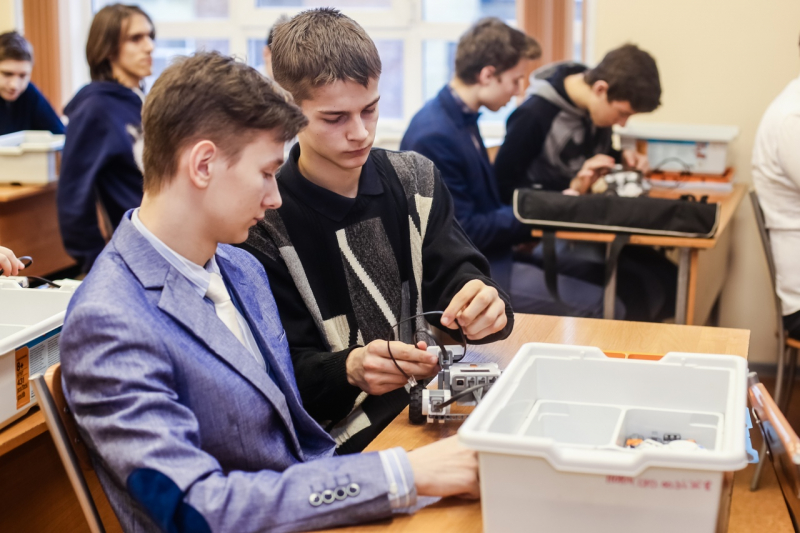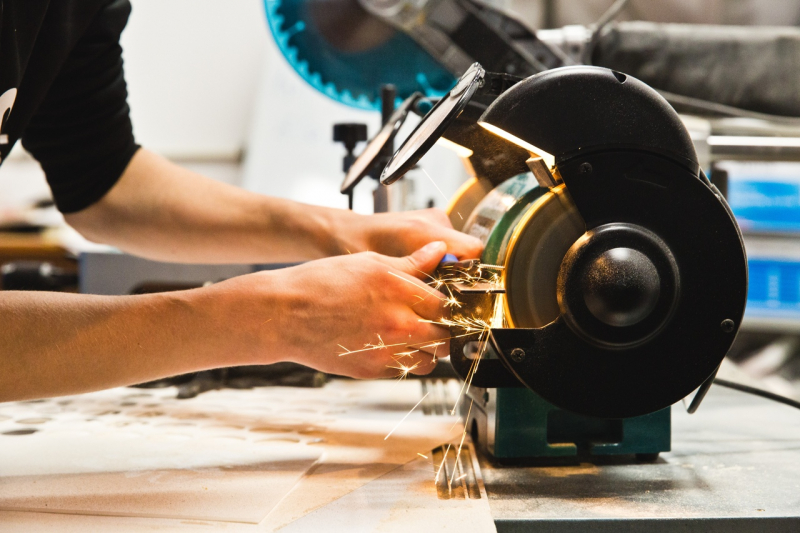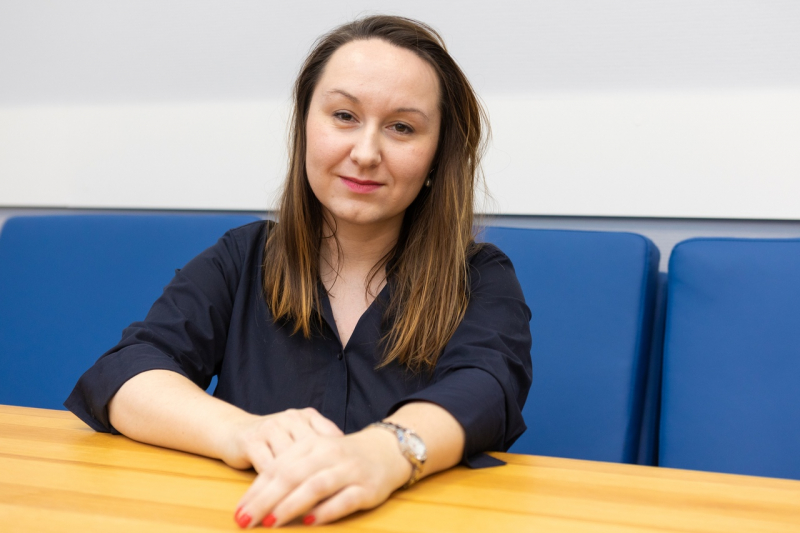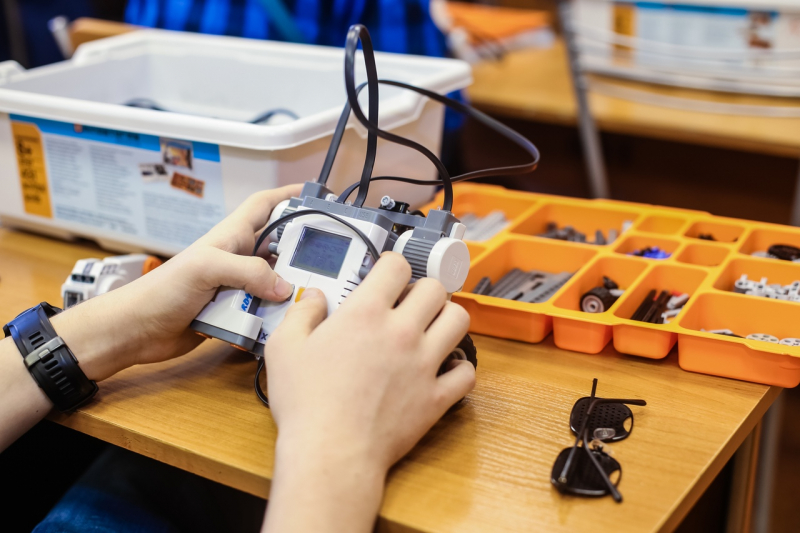What kind of scientific work is protected as intellectual property?
Yulia Lyubchenko, the head of the Office for Legal Support of Activities in the Fields of Information, Science and Technology: In order for your work to be protected, it has to fulfill three criteria.
First, this work has to take physical form. It cannot just be the thoughts and ideas in your head — they have to be, for example, put on paper or presented to the public.
Second, such work has to be classified as protectable by law. For instance, in Russia, it is stated in Article 1225 of the Civil Code.
Finally, some work can only be declared intellectual property after you register it as such with the help of special documents, like patents.
Everything listed in Article 1225 of the Civil Code can be divided into five groups:
- copyright items (papers, reports, blueprints, software, databases);
- related rights items (performances, recordings);
- objects of patent law (inventions, prototypes);
- means of identification (trademarks, brand names);
- other objects (know-hows).
There are distinctions between these groups, but they are rather arbitrary. One and the same piece of work could be classified as various intellectual property types.
When choosing the form of protection, you should consider your eventual goal as the copyright owner. If your creation cannot be protected within the framework of one particular property type, then you might be able to protect it using another framework.
Computer software, for instance, usually consists of an algorithm, a graphical interface and lines of code. The textual part of the program (its code) and the graphics are copyright items. And the core of the program (its algorithm) can be patented (if it is declared as protectable by law).

What exactly is protected by copyright and patent law?
Anastasia Makarova, legal advisor at the Office for Legal Support of Activities in the Fields of Information, Science and Technology: Copyright doesn’t protect an idea or a fact, it is meant to protect their exterior shape, the physical form. Thus, violation of these rights is copying, say, a scientific paper word for word or with insignificant iterations to publish it under your name. But you will not be infringing copyright if you use the idea for a new engine from another article to write your own paper or even to produce such an engine for sale. But if this engine was patented, then no third party would have had the right to produce and market it.
What kind of scientific work cannot be declared intellectual property?
Yulia Lyubchenko: There is a list of items that cannot be protected by law. For example, concepts, ideas, discoveries, programming languages are not protected by law. Although, as I’ve mentioned before, one and the same work can be presented in different forms and thus be protected as various property types. If you need to protect an idea or a concept, then you can try to hide it in a technical solution and patent it or keep the idea in secret, registering it as a know-how.

What is needed for intellectual property rights to appear?
Anastasia Makarova: The order of copyright creation depends on the type of an object at hand.
You don’t have to register the object or follow any formalities for copyright to be created. The rights appear as soon as the objects take the physical form (digital or printed). The law also provides an opportunity to register computer programs, but this process is optional and doesn’t affect copyrights. It’s different with patent law, where the rights only appear after an object is registered and the patent is acquired.
How does one choose the best type of copyright protection for different objects?
Yulia Lyubchenko: It’s better to choose the type of protection based on the eventual outcome and its contents, the possibility of reverse-engineering and the way the copyright owner is planning to use the product for profit.

Each form has its drawbacks and benefits. For example, a patent is easier to protect, but you have to spend time and money to register it, and it is only active for a limited number of years. Moreover, you have to publicly present your technical solution in order to patent it, which is not always an advantage.
As for know-hows, they don’t require any additional financial contributions and don’t have a time limit, but they are protected as long as their secret is kept. If the information about it gets out inadvertently, it stops being protected. Thus, an ideal case would be a balance between the two: you patent something in a way that is impossible to reproduce without knowing certain specific details, which you then preserve as a know-how.

How can I protect the intellectual property of my lab and the university in general when negotiating an industrial contract?
Anastasia Makarova: If the parties to the contract intend to exchange scientific information (such as equations or blueprints), then they have to understand what kind of information it is and whether or not it is protected.
If this information contains a know-how, then one has to follow all of the university’s requirements for passing this kind of information. For example, the parties can sign an NDA. Afterwards, it is important that both parties abide by the rules established in the agreement.

What do I do if I am required to provide blueprints at an exhibition that I am taking part in?
Yulia Lyubchenko: If providing blueprints is obligatory, then it is important to determine how these blueprints are protected (or how you are planning to protect them). For example, if you are going to patent them, then you have to check the current stage of the registration process. If you have already filed the application, then your technical solution is already available to the public and there is no risk in sending the blueprints.
In case the blueprints are a know-how or the patent application has not been filed yet, you have to ensure your copyright ownership is protected. For instance, you can sign an NDA with the organizers of the exhibition before sending in the blueprints. And it won’t be a bad idea to make a legal record when you are about to transfer this information to any third party.

What do I do if my rights are violated, for example, if I find my article published online?
Anastasia Makarova: There are many ways to protect your ownership. At your choice you can either ask for monetary compensation, deleting the article from the website or publishing it there under your name. Your actions will depend on your decision.
Whatever you decide, however, first and foremost you should establish who will be responsible for the infringement of your rights. It is best to contact the site administrator, which you can identify using a free service such as Whois. Sometimes the name can be hidden and you have to contact the registration center.
You would also have to collect proof of your rights being violated. It can happen that your article will be deleted from the website after you have filed your complaint, which would make it harder to prove a violation actually occurred. To be on the safe side, you can ask a notary to protocol their inspection of the website. However, this can turn out to be rather expensive, so it’s good to know about other options available. For instance, the courts often accept notarized screenshots of websites, including those accessed through web-archive services (like Wayback Machine).

As soon as you have collected your proof, you can file a complaint with the violator. It is important to know that intellectual property cases are often negotiated pre-court, meaning that it is crucial to identify the offender and establish a dialog. You should only initiate the legal proceedings after you have exhausted every chance of resolving the conflict pre-court.
However, you might not receive any monetary compensation even if it was ruled so in court. Your offender might turn out to have no assets. It might also be a fly-by-night or a bankrupt company.
Moreover, legal proceedings always mean additional financial expenses for court fees and any services you might need. They also tend to be rather time-consuming. The proceedings themselves usually take over six months and then you would have to wait for judgment execution. It might take years for you to get your compensation.

And how can you prove your authorship for a paper?
Yulia Lyubchenko: Initially, the creator of the paper is made its copyright owner. The author is, thus, the person, whose name is noted on a copy of the paper; that is the so-called presumption of authorship. However, it can be disputed by another party, so you should consider other ways of securing your authorship.
If an offender is claiming your paper or blueprint to be theirs, you would have to deflate their arguments. The easiest way to protect something creative is by sending yourself an email with copy of this work. Then you would have an email with a date on it and only an earlier document would be sufficient proof against your argument.





